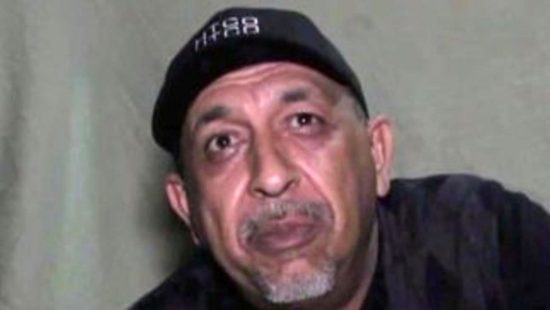The disappearance and subsequent discovery of five members of Grupo Fugitivo sparked a wave of outrage that quickly spread beyond the state. The tragedy, which occurred in late May in Reynosa, has become a symbol of the risk faced by popular musicians in regions marked by insecurity. Authorities point to a cell of the Gulf Cartel as responsible for the incident; while the victims’ families insist that they have not yet received confirmation of the identity of the bodies found.
Who was Grupo Fugitivo?
Grupo Fugitivo was a musical group from Reynosa, Tamaulipas, dedicated to performing romantic ballads, corridos, and norteño music.
Its members were young people between the ages of 20 and 40 who performed in bars, private parties, and local venues. On social media, they shared their performances and versions of popular songs, such as “Corazon Partido” by Alejandro Sanz and “Invítame” by Marco Antonio Solís, as well as recent corridos such as “Por Clave el Fresa” and “Los Dos de Reynosa” by Luis R. Conriquez.
The group was made up of Francisco Xavier Vázquez Osorio (20 years old), Víctor Manuel Garza Cervantes (21), José Francisco Morales Martínez (23), and Nemesio Antonio Durán Rodríguez (40), in addition to their manager, Livan Edyberto Solís de la Rosa (27).
They were joined by Carlos González, lead vocalist, who was not reported missing because he was running late on the day of his disappearance and was unable to leave for the performance with his bandmates in time.
How did they disappear?
On the night of Sunday, May 25, the members of Grupo Fugitivo were heading to a private performance in the Riberas del Río neighborhood of Reynosa, Tamaulipas. According to the State Attorney General’s Office, around 10:00 p.m., the four musicians and their manager boarded a black GMC pickup truck to fulfill their contracted work commitments.
However, Carlos González, the band’s lead vocalist, did not leave with them. According to reports shared by family members and media outlets such as Imagen Noticias and Milenio, he was running late and didn’t manage to meet up with his bandmates. When he arrived at the meeting point, the place was already empty. “He went to the place later, but no one was there. It was just a vacant lot,” said a relative of the victims.
The next morning, with no news, the families began searching for them. By Monday, May 26, groups such as Amor por los Desaparecidos (Love for the Disappeared) posted search reports on social media for the five missing musicians and their manager.
During those days, the case began to gain notoriety. Friends, family members, and colleagues in the music industry held protests and vigils to demand their location. The demonstrations took place in front of the Reynosa municipal government and also on the international bridge that connects with the city of Pharr, Texas.
On Tuesday, May 27, authorities located the black GMC pickup truck in which the members of Grupo Fugitivo were traveling. The vehicle was found abandoned in the La Cañada neighborhood, without the logos identifying the musical group.
That same day, and based on analysis of C5 video surveillance and phone tracking, the State Attorney General’s Office was able to establish a probable route that led investigators to a property located in the Aquiles Serdán neighborhood, east of Reynosa.
The site—a brickyard area near the Los Longoria ejido, on the banks of the Rio Grande—was secured by state and federal forces. At the scene, authorities confirmed the discovery of five bodies, whose characteristics matched those of the missing individuals.
Although prosecutor Irving Barrios Mojica stated that there are “elements that allow us to presume” that the remains belonged to the group members, the families publicly complained that they had not been notified before the announcement, nor had they received genetic testing to confirm their identities.
The scene remains under guard and is still being processed by forensic experts, who are seeking to establish the motive and the exact circumstances of the crime.
How were the bodies located?
On Tuesday, May 27, authorities located the black GMC pickup truck in which the members of Grupo Fugitivo were traveling. The vehicle was found abandoned in the La Cañada neighborhood, without the logos identifying the musical group.
Based on analysis of C5 video surveillance and cell phone tracking, the State Attorney General’s Office was able to establish a probable route that led investigators to a property located in the Aquiles Serdán neighborhood, east of Reynosa.
Who is behind the crime?
During the same press conference, Prosecutor Barrios Mojica confirmed that the investigation points to a cell of the Gulf Cartel, Los Metros, behind the crime. This criminal faction has its operations in Reynosa and has been implicated on several occasions for its involvement in violent acts.








